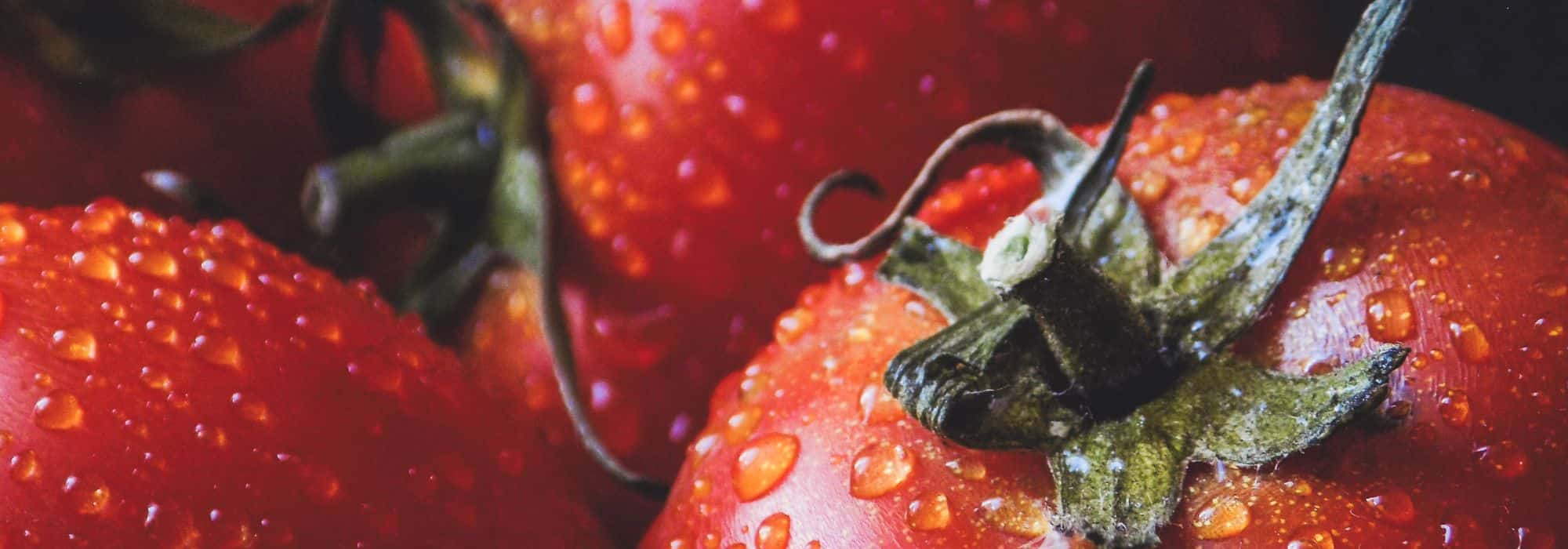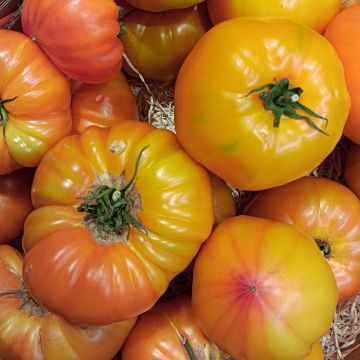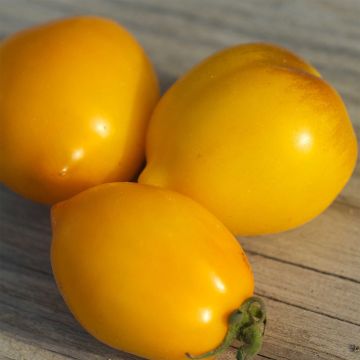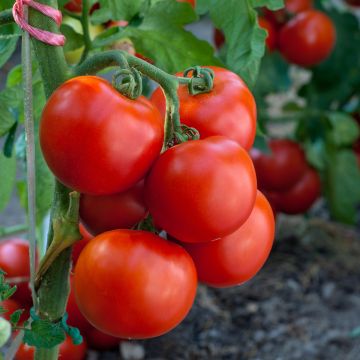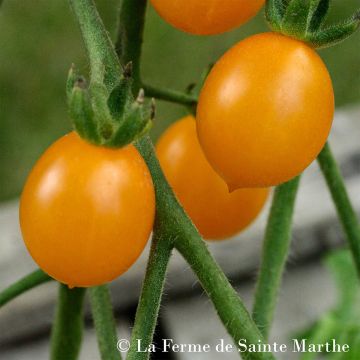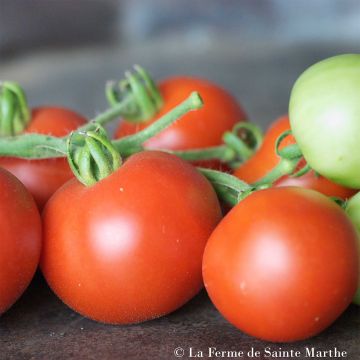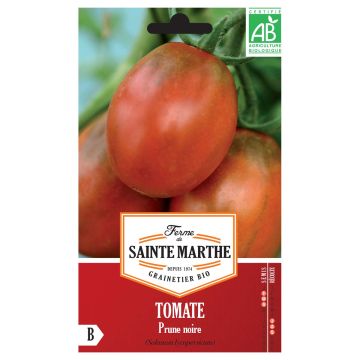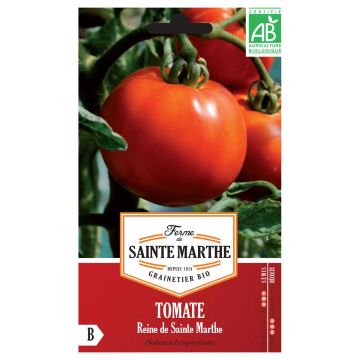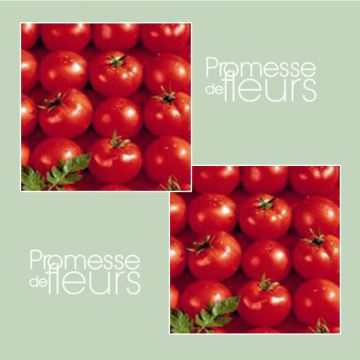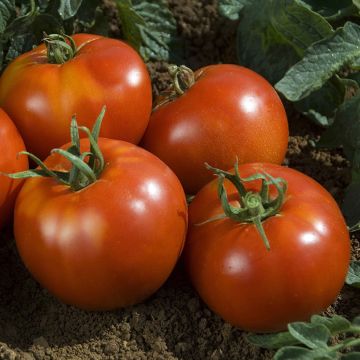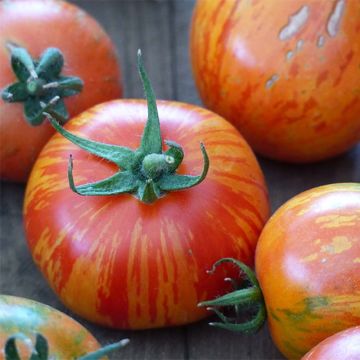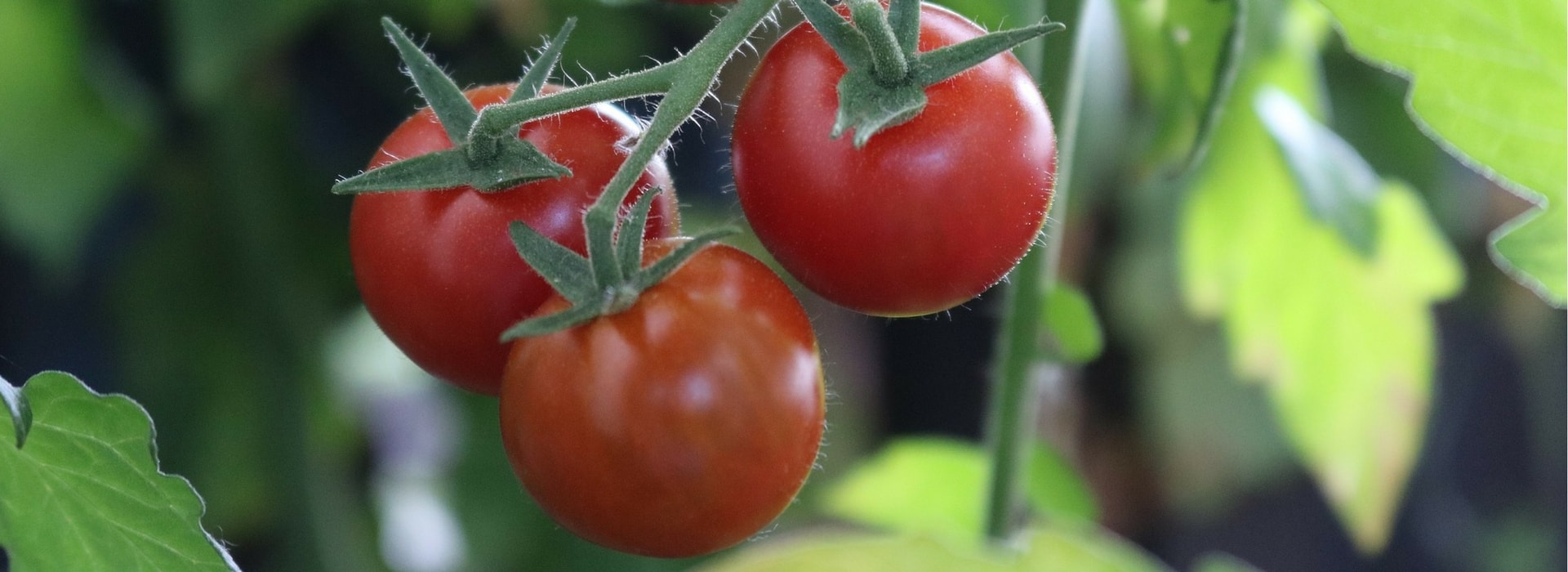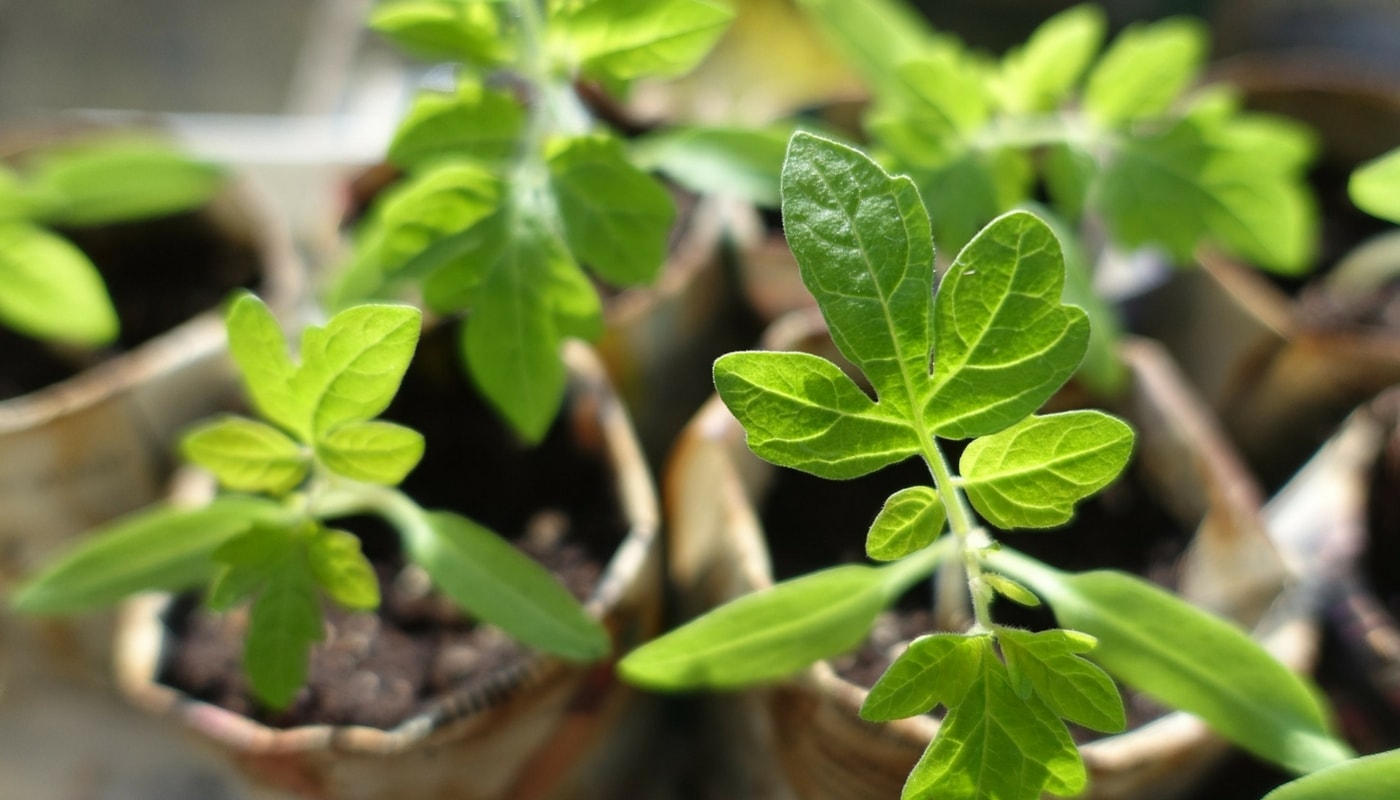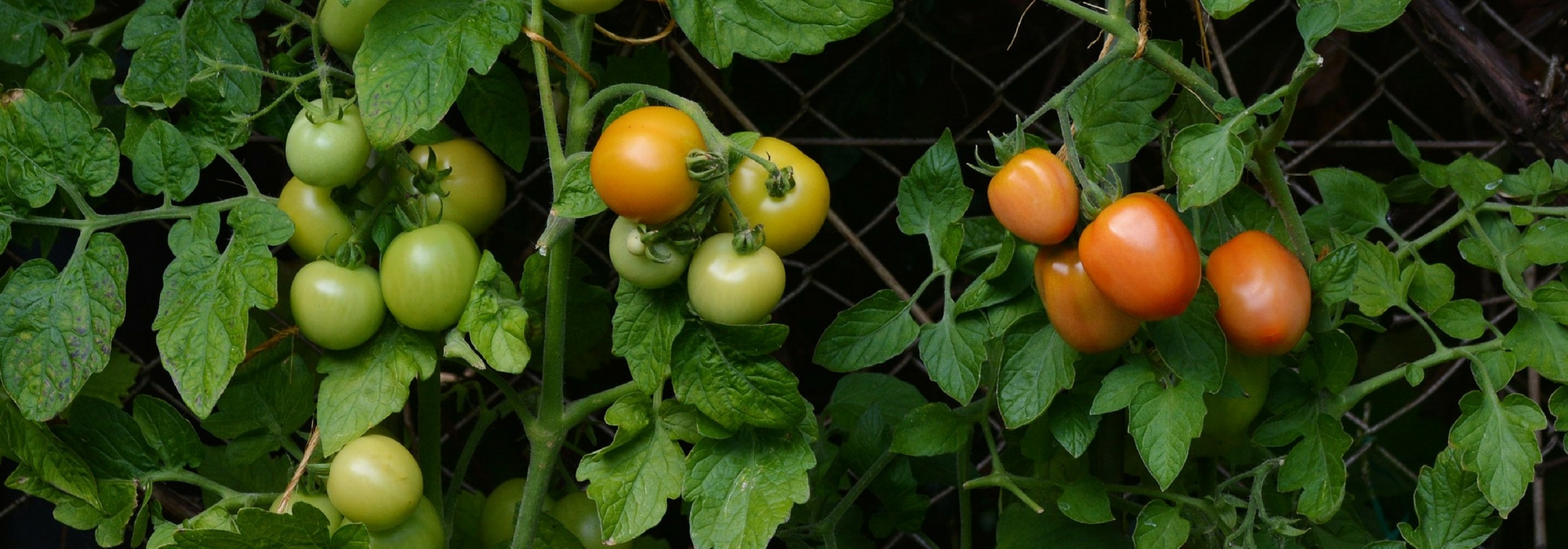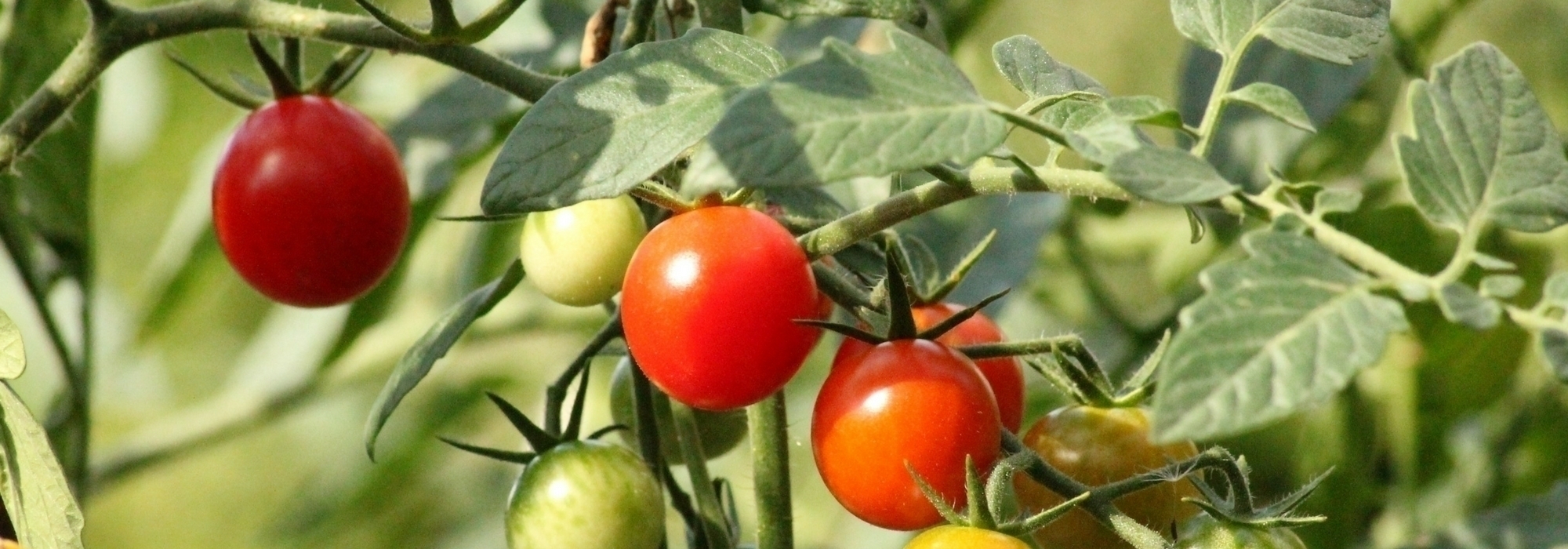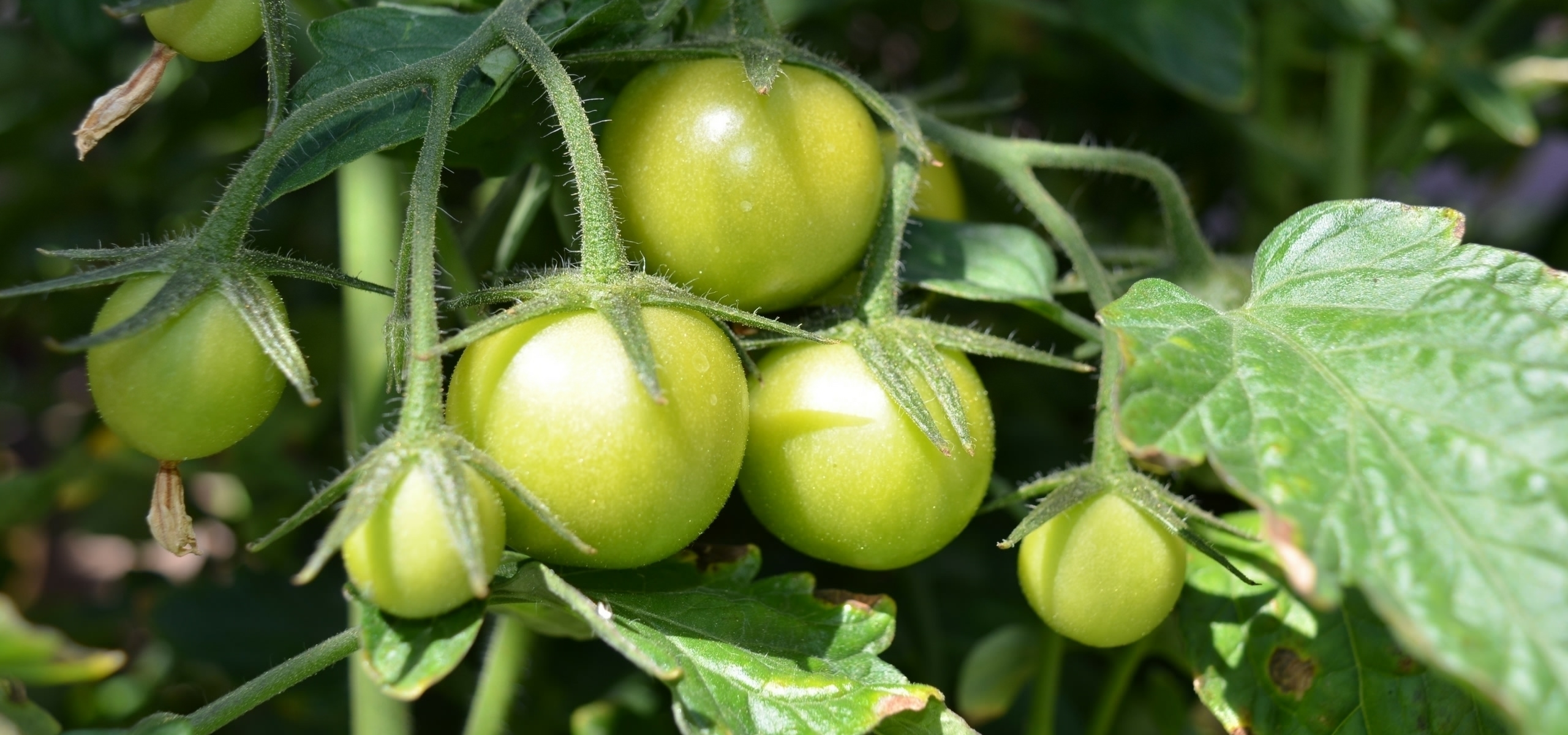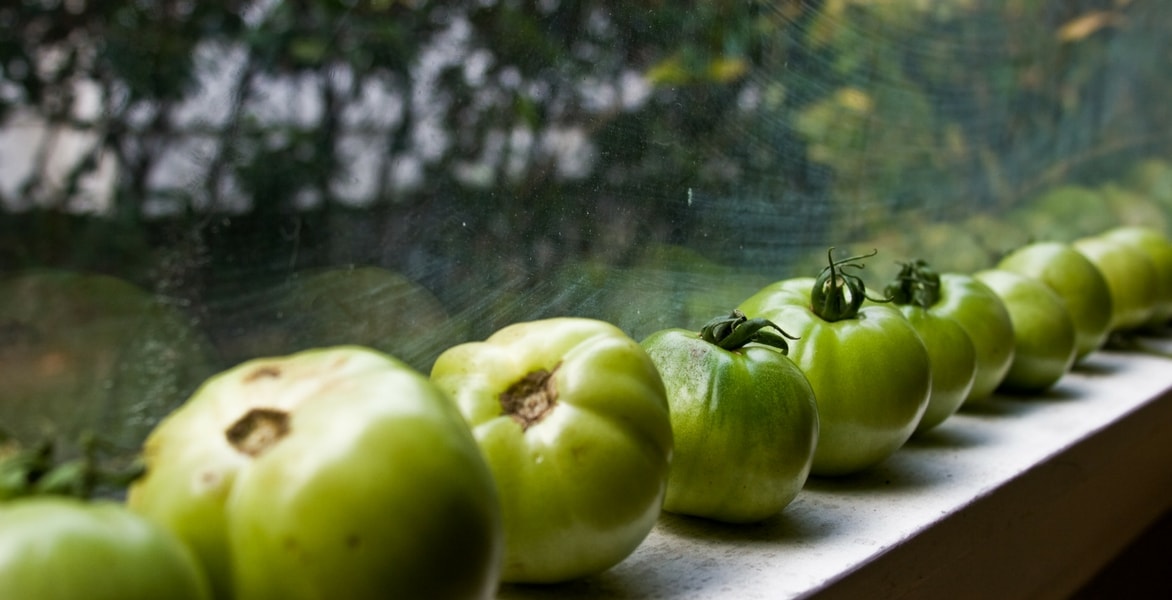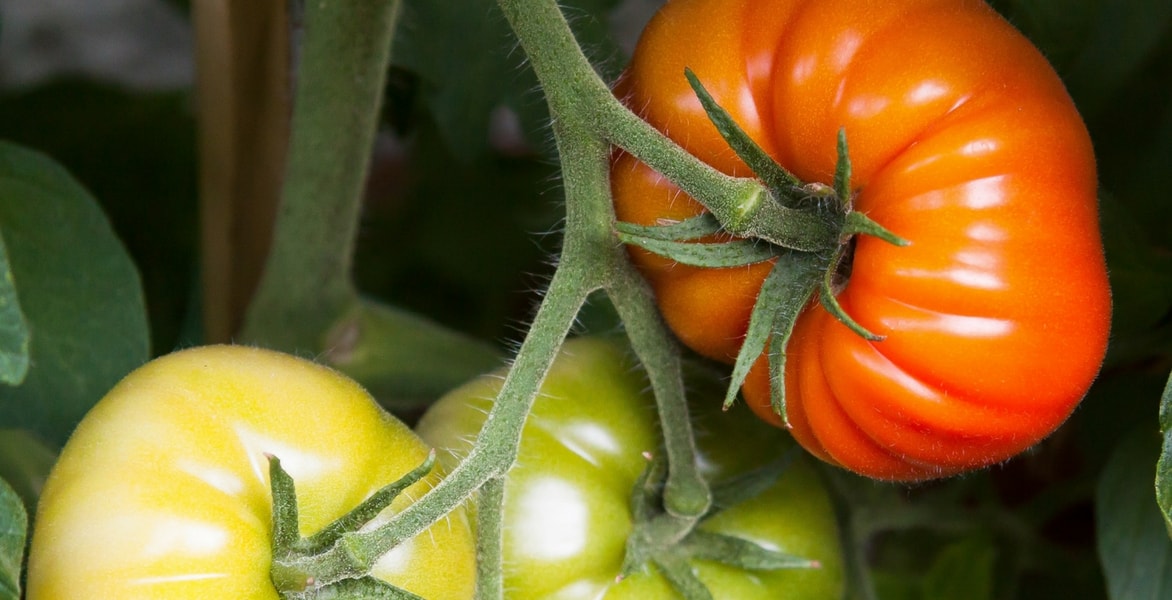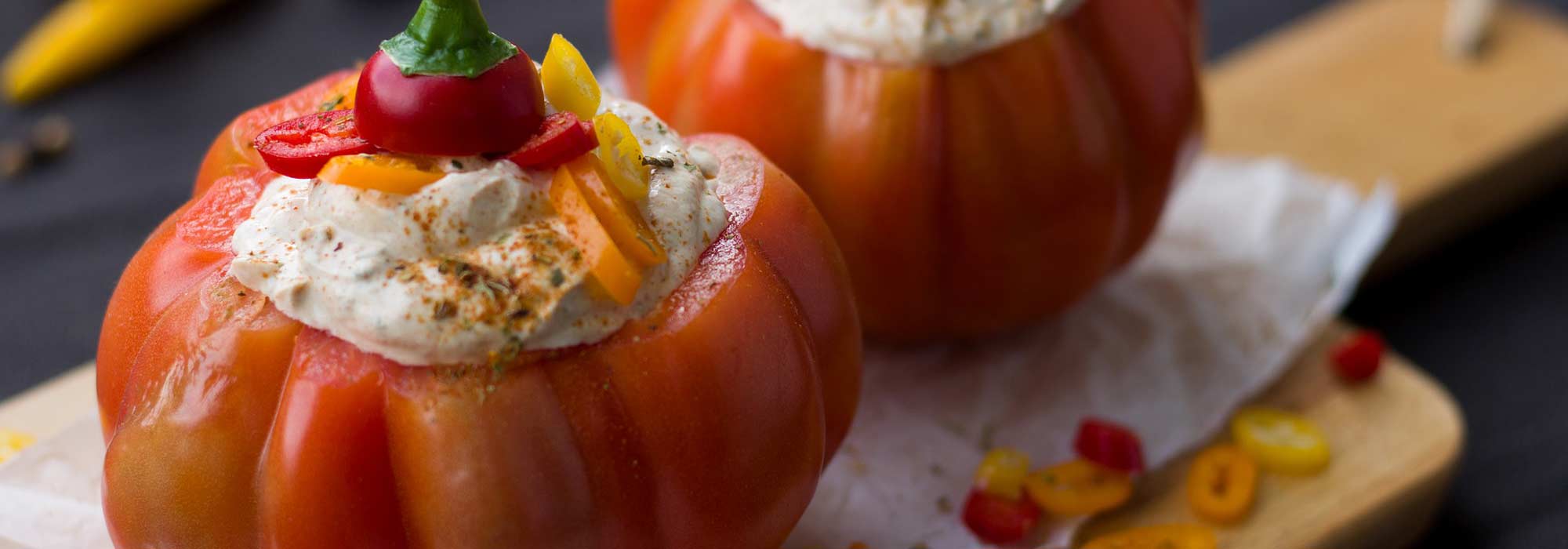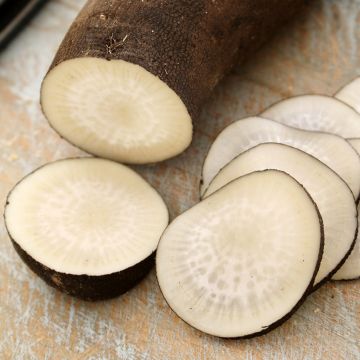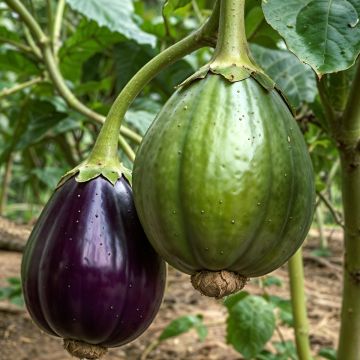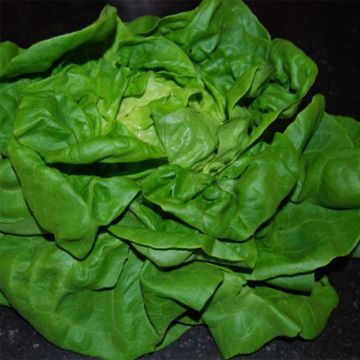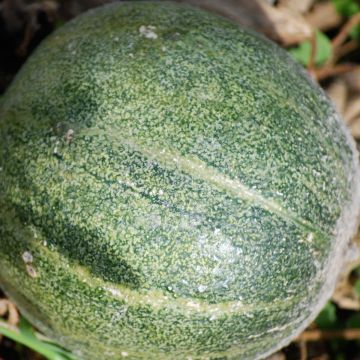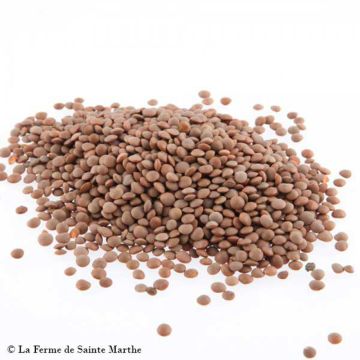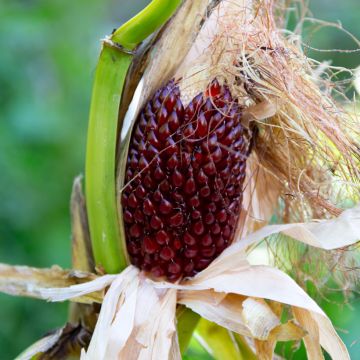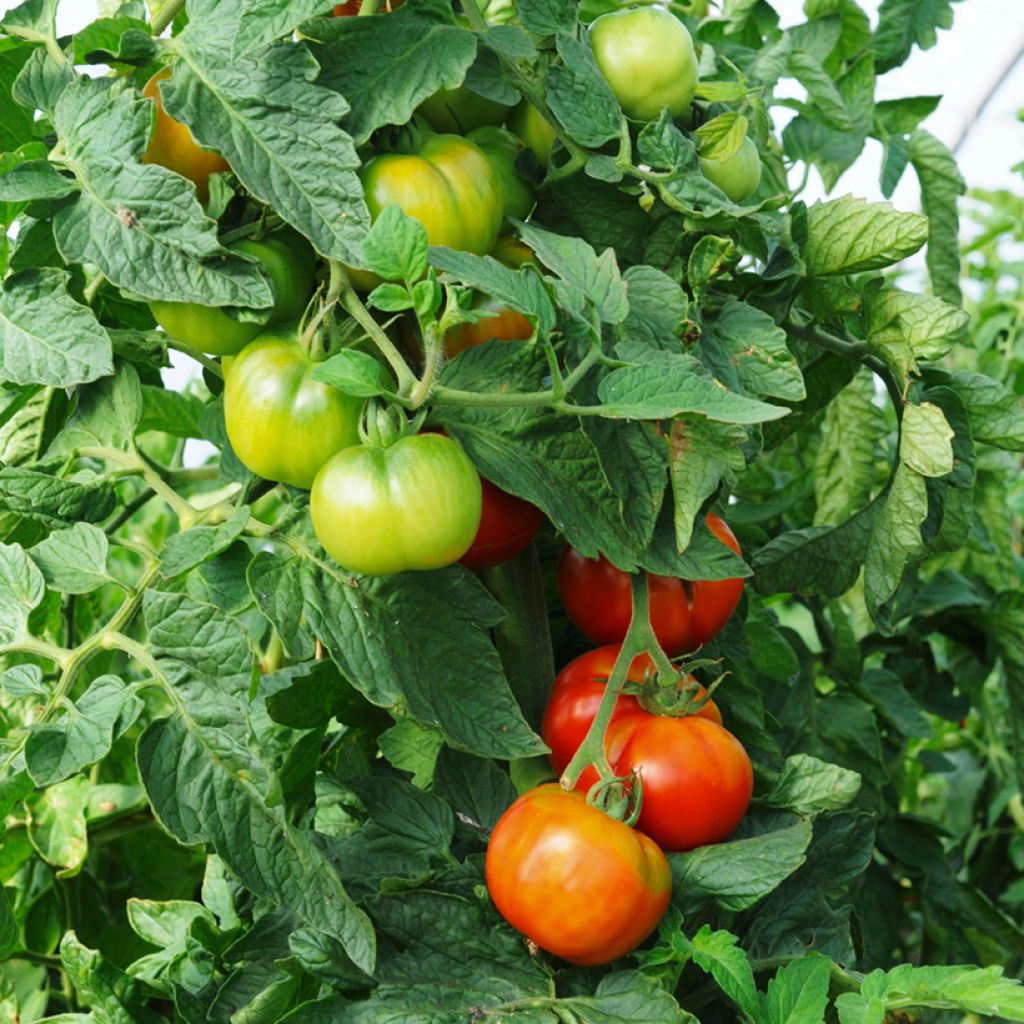

Tomato Faworyt organic seeds
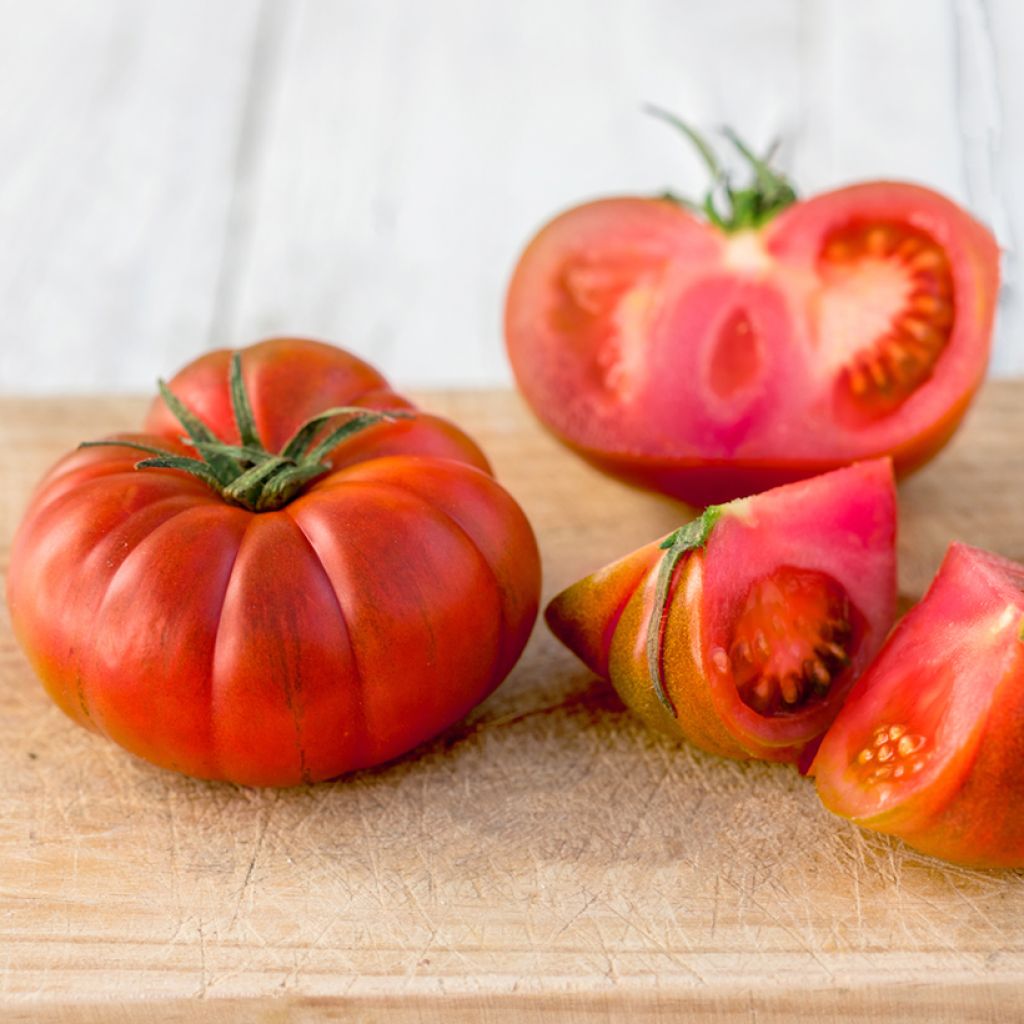

Tomato Faworyt organic seeds
Tomato Faworyt organic seeds
Lycopersicum esculentum Faworyt
Tomato
Special offer!
Receive a €20 voucher for any order over €90 (excluding delivery costs, credit notes, and plastic-free options)!
1- Add your favorite plants to your cart.
2- Once you have reached €90, confirm your order (you can even choose the delivery date!).
3- As soon as your order is shipped, you will receive an email containing your voucher code, valid for 3 months (90 days).
Your voucher is unique and can only be used once, for any order with a minimum value of €20, excluding delivery costs.
Can be combined with other current offers, non-divisible and non-refundable.
Home or relay delivery (depending on size and destination)
Schedule delivery date,
and select date in basket
This plant carries a 6 months recovery warranty
More information
We guarantee the quality of our plants for a full growing cycle, and will replace at our expense any plant that fails to recover under normal climatic and planting conditions.
Description
The beefsteak Tomato Faworyt is an old variety originating from Poland, appreciated for its large fleshy fruits weighing 200 to 400 grams, slightly flattened and ribbed at the top. Its thin skin is pinkish-red and its raspberry pink flesh is juicy and tasty. This determinate growth variety has a bushy habit and abundant regular foliage. It is suitable for cool climates and offers an excellent harvest from July.
Sow the ORGANIC seeds of 'Faworyt' from February to April, then transplant outdoors after the last frost, spacing the plants about 50 cm apart. Harvesting extends from July to September. In the kitchen, Faworyt is ideal for salads, gazpachos, soups, and stuffed tomatoes, thanks to its richly flavoured flesh. Faworyt tomato plants reach a height between 1.2 m and 1.5 m in cultivation. Despite its determinate growth, the plant benefits from light staking to support its heavy fruits and prevent branches from breaking under their weight.
The 'Farworyt' tomato can be grown in a greenhouse and outdoors. For greenhouse cultivation, sow the seeds at 18-21°C. Place the young plants in large pots or well-prepared beds.
Tomatoes are essential stars of the vegetable garden, appreciated for their culinary versatility, nutritional qualities, and variety of types. They come in various shapes, sizes, and colours, catering to all tastes and uses: salads, sauces, preserves, or even juice. In the garden, tomatoes thrive in sunny exposure and well-drained soil rich in organic matter. For abundant and flavourful harvests, associate them with plants that promote their health. Basil is an ideal companion, repelling certain pests and enhancing their flavour on the plate. Carrots, onions, or leeks help enrich the soil without competing with tomatoes, while nasturtium attracts aphids away from the plants. Avoid planting them near potatoes, as they share diseases like blight.
Tomato Faworyt organic seeds in pictures


Harvest
Plant habit
Foliage
Botanical data
Lycopersicum
esculentum
Faworyt
Solanaceae
Tomato
Cultivar or hybrid
Annual
Other Tomato seeds
View all →Planting and care
Start sowing your 'Faworyt' tomato seeds between February and April, under shelter or indoors, in pots filled with seed compost. Sow 2 to 3 seeds per pot at a depth of about 1 cm, then water gently to moisten the substrate without saturating it. Maintain a temperature of 18 to 21°C to promote germination, which generally takes between 7 and 14 days. Once the seedlings have 2 to 3 true leaves, keep only the most vigorous young plant per pot. Repot them into larger individual pots as soon as they reach 8 to 10 cm, to allow them to develop a good root system. Gradually acclimatise them to outdoor conditions before final planting in open ground.
Plant the young plants outdoors after the last frost, when the soil is well warmed up (usually from mid-May). Space each young plant 50 to 70 cm apart to allow good air circulation and prevent diseases. When planting, bury the stem deeply up to the first leaves to stimulate root development. Install a support stake to hold up the branches, as the fruits are heavy. Water regularly at the base, without wetting the foliage, to prevent mildew, and mulch the soil to retain moisture and limit weeds. Feed with a potassium and phosphorus-rich fertiliser to boost flowering and the production of tasty fruits.
Seedlings
Care
Intended location
Planting & care advice
This item has not been reviewed yet - be the first to leave a review about it.
Similar products
Haven't found what you were looking for?
Hardiness is the lowest winter temperature a plant can endure without suffering serious damage or even dying. However, hardiness is affected by location (a sheltered area, such as a patio), protection (winter cover) and soil type (hardiness is improved by well-drained soil).

Photo Sharing Terms & Conditions
In order to encourage gardeners to interact and share their experiences, Promesse de fleurs offers various media enabling content to be uploaded onto its Site - in particular via the ‘Photo sharing’ module.
The User agrees to refrain from:
- Posting any content that is illegal, prejudicial, insulting, racist, inciteful to hatred, revisionist, contrary to public decency, that infringes on privacy or on the privacy rights of third parties, in particular the publicity rights of persons and goods, intellectual property rights, or the right to privacy.
- Submitting content on behalf of a third party;
- Impersonate the identity of a third party and/or publish any personal information about a third party;
In general, the User undertakes to refrain from any unethical behaviour.
All Content (in particular text, comments, files, images, photos, videos, creative works, etc.), which may be subject to property or intellectual property rights, image or other private rights, shall remain the property of the User, subject to the limited rights granted by the terms of the licence granted by Promesse de fleurs as stated below. Users are at liberty to publish or not to publish such Content on the Site, notably via the ‘Photo Sharing’ facility, and accept that this Content shall be made public and freely accessible, notably on the Internet.
Users further acknowledge, undertake to have ,and guarantee that they hold all necessary rights and permissions to publish such material on the Site, in particular with regard to the legislation in force pertaining to any privacy, property, intellectual property, image, or contractual rights, or rights of any other nature. By publishing such Content on the Site, Users acknowledge accepting full liability as publishers of the Content within the meaning of the law, and grant Promesse de fleurs, free of charge, an inclusive, worldwide licence for the said Content for the entire duration of its publication, including all reproduction, representation, up/downloading, displaying, performing, transmission, and storage rights.
Users also grant permission for their name to be linked to the Content and accept that this link may not always be made available.
By engaging in posting material, Users consent to their Content becoming automatically accessible on the Internet, in particular on other sites and/or blogs and/or web pages of the Promesse de fleurs site, including in particular social pages and the Promesse de fleurs catalogue.
Users may secure the removal of entrusted content free of charge by issuing a simple request via our contact form.
The flowering period indicated on our website applies to countries and regions located in USDA zone 8 (France, the United Kingdom, Ireland, the Netherlands, etc.)
It will vary according to where you live:
- In zones 9 to 10 (Italy, Spain, Greece, etc.), flowering will occur about 2 to 4 weeks earlier.
- In zones 6 to 7 (Germany, Poland, Slovenia, and lower mountainous regions), flowering will be delayed by 2 to 3 weeks.
- In zone 5 (Central Europe, Scandinavia), blooming will be delayed by 3 to 5 weeks.
In temperate climates, pruning of spring-flowering shrubs (forsythia, spireas, etc.) should be done just after flowering.
Pruning of summer-flowering shrubs (Indian Lilac, Perovskia, etc.) can be done in winter or spring.
In cold regions as well as with frost-sensitive plants, avoid pruning too early when severe frosts may still occur.
The planting period indicated on our website applies to countries and regions located in USDA zone 8 (France, United Kingdom, Ireland, Netherlands).
It will vary according to where you live:
- In Mediterranean zones (Marseille, Madrid, Milan, etc.), autumn and winter are the best planting periods.
- In continental zones (Strasbourg, Munich, Vienna, etc.), delay planting by 2 to 3 weeks in spring and bring it forward by 2 to 4 weeks in autumn.
- In mountainous regions (the Alps, Pyrenees, Carpathians, etc.), it is best to plant in late spring (May-June) or late summer (August-September).
The harvesting period indicated on our website applies to countries and regions in USDA zone 8 (France, England, Ireland, the Netherlands).
In colder areas (Scandinavia, Poland, Austria...) fruit and vegetable harvests are likely to be delayed by 3-4 weeks.
In warmer areas (Italy, Spain, Greece, etc.), harvesting will probably take place earlier, depending on weather conditions.
The sowing periods indicated on our website apply to countries and regions within USDA Zone 8 (France, UK, Ireland, Netherlands).
In colder areas (Scandinavia, Poland, Austria...), delay any outdoor sowing by 3-4 weeks, or sow under glass.
In warmer climes (Italy, Spain, Greece, etc.), bring outdoor sowing forward by a few weeks.






























